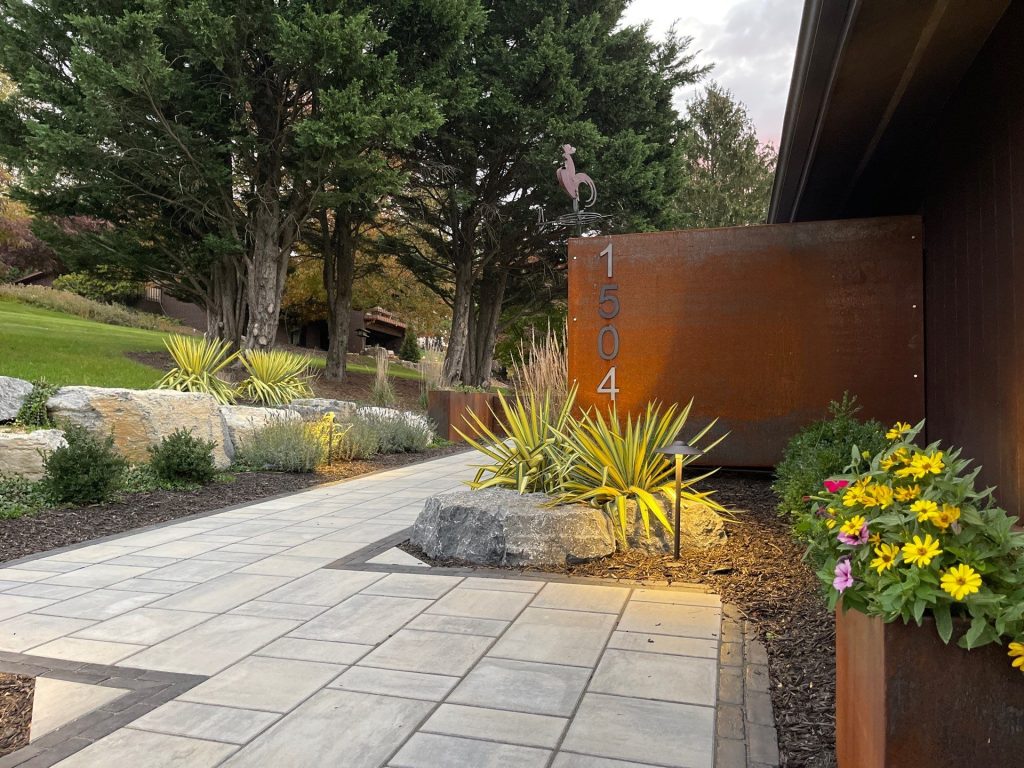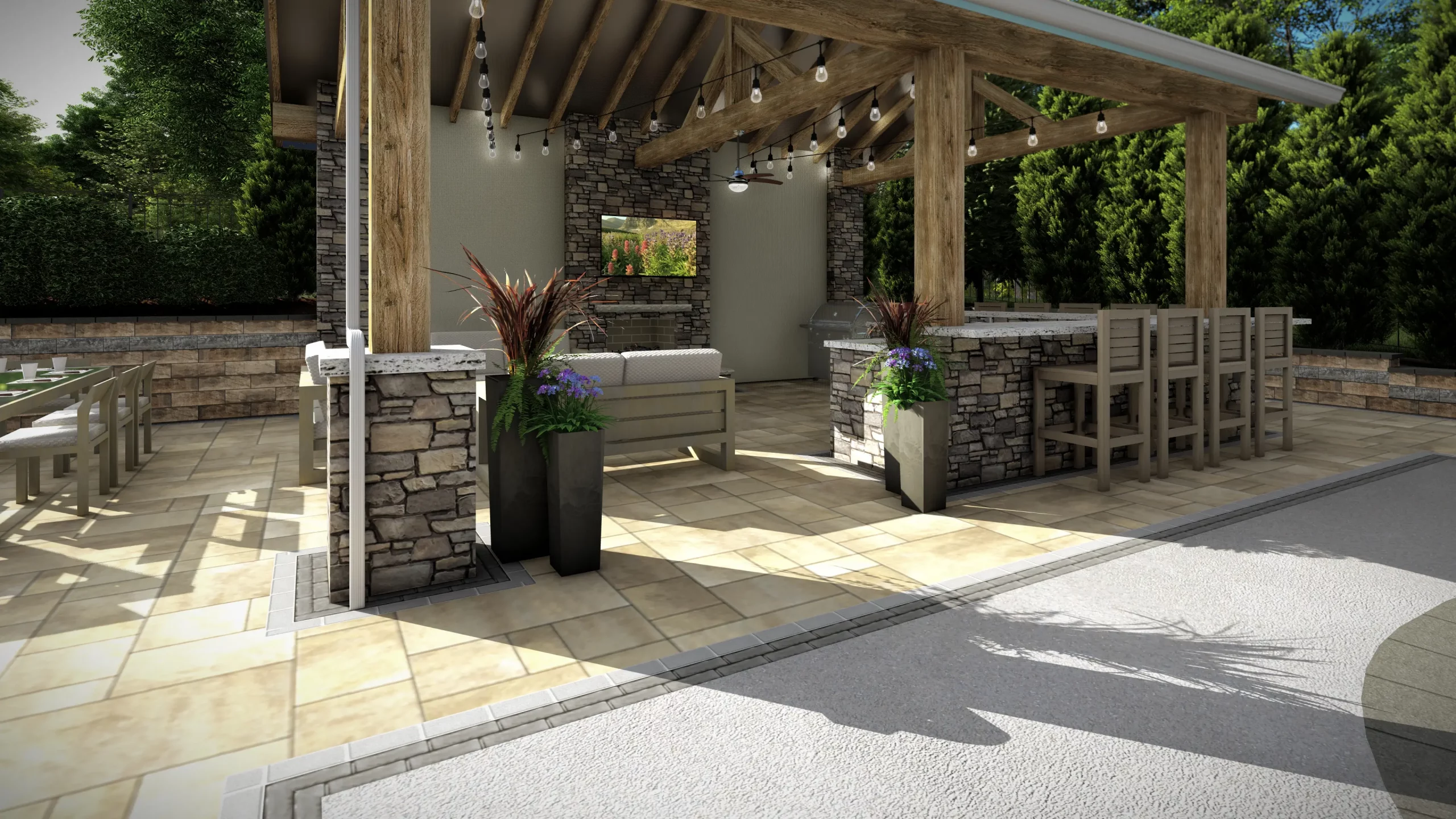As winter blankets our surroundings with frosty temperatures and icy conditions, it’s essential to consider the impact of the season on outdoor materials, especially those as unique and visually striking as Corten steel. Corten steel, also known as weathering steel, is celebrated for its distinctive rusted appearance and exceptional durability. However, like any material, Corten steel requires a little thoughtful maintenance to ensure its longevity and aesthetic appeal. In this blog post, we’ll explore the winter maintenance needs of Corten steel, offering tips to preserve its beauty through the chilliest months.

Understanding Corten Steel:
Corten steel gains its distinctive appearance through a natural process called oxidation. Over time, the steel develops a protective layer of rust that not only adds to its aesthetic charm but also acts as a shield against corrosion. This unique quality makes Corten steel a popular choice for outdoor sculptures, architectural elements, and landscaping.
Winter Challenges for Corten Steel:
While Corten steel is renowned for its resilience, winter weather conditions can pose specific challenges. Cold temperatures, snow, ice, and salt used for de-icing roads can all affect the protective rust layer. Proper maintenance during the winter months is crucial to prevent accelerated corrosion and preserve the steel’s integrity.

Winter Maintenance Tips:
- Regular Cleaning: Begin by gently cleaning the Corten steel surface with a soft brush or cloth to remove any accumulated dirt, debris, or salt. Avoid using harsh chemicals, as they can compromise the protective rust layer.
- Remove Snow Promptly: When snow accumulates on Corten steel surfaces, promptly remove it using a soft brush or broom. Avoid using metal tools, as they can scratch the protective layer. Removing snow prevents prolonged contact with moisture, reducing the risk of un-natural/blotchy corrosion.
- Avoid De-Icing Salts: De-icing salts are commonly used during winter, but they can be harmful to Corten steel. Avoid using these salts in close proximity to Corten steel surfaces, as they can accelerate corrosion. If unavoidable, rinse the steel with water after salt exposure.
- Placement: Avoid homing your planters on top of any pavers, concrete, or sidewalks as the rust/oxidation from the metal will drip down the sides and stain the ground. It is best to position planters on top of bark mulch, grass, or stone to avoid this issue!
Corten steel’s distinctive appearance and robust characteristics make it a popular choice for outdoor installations, but winter maintenance is crucial to uphold its integrity. By following these simple tips, you can ensure that your Corten steel structures endure the winter season with grace, maintaining their unique aesthetic appeal for years to come. Embrace the beauty of Corten steel in every season, and let its natural patina tell the story of enduring craftsmanship amidst the winter chill. At National Planter Supply, we will provide you with our maintenance and placement suggestions custom to your Corten steel design.

